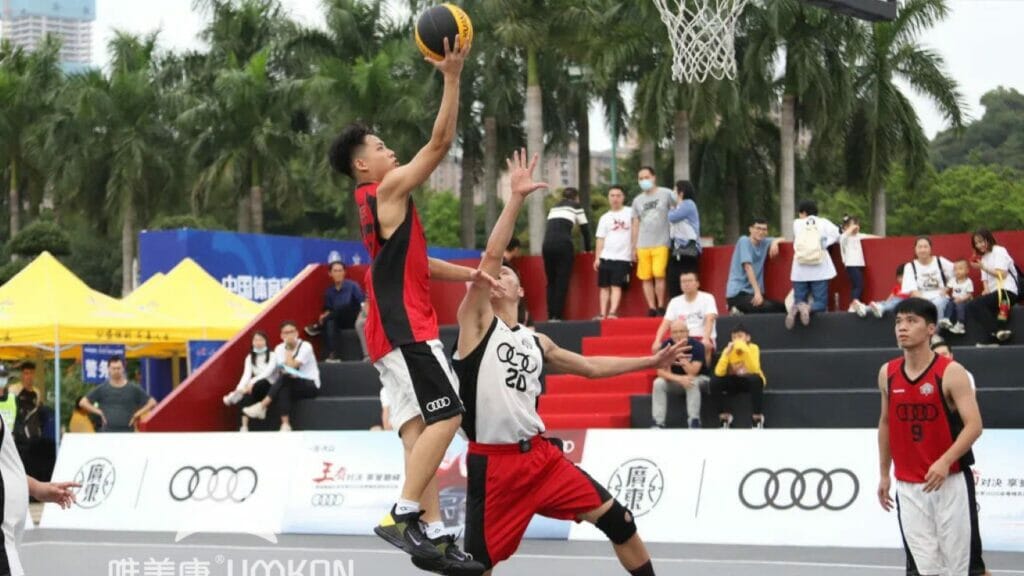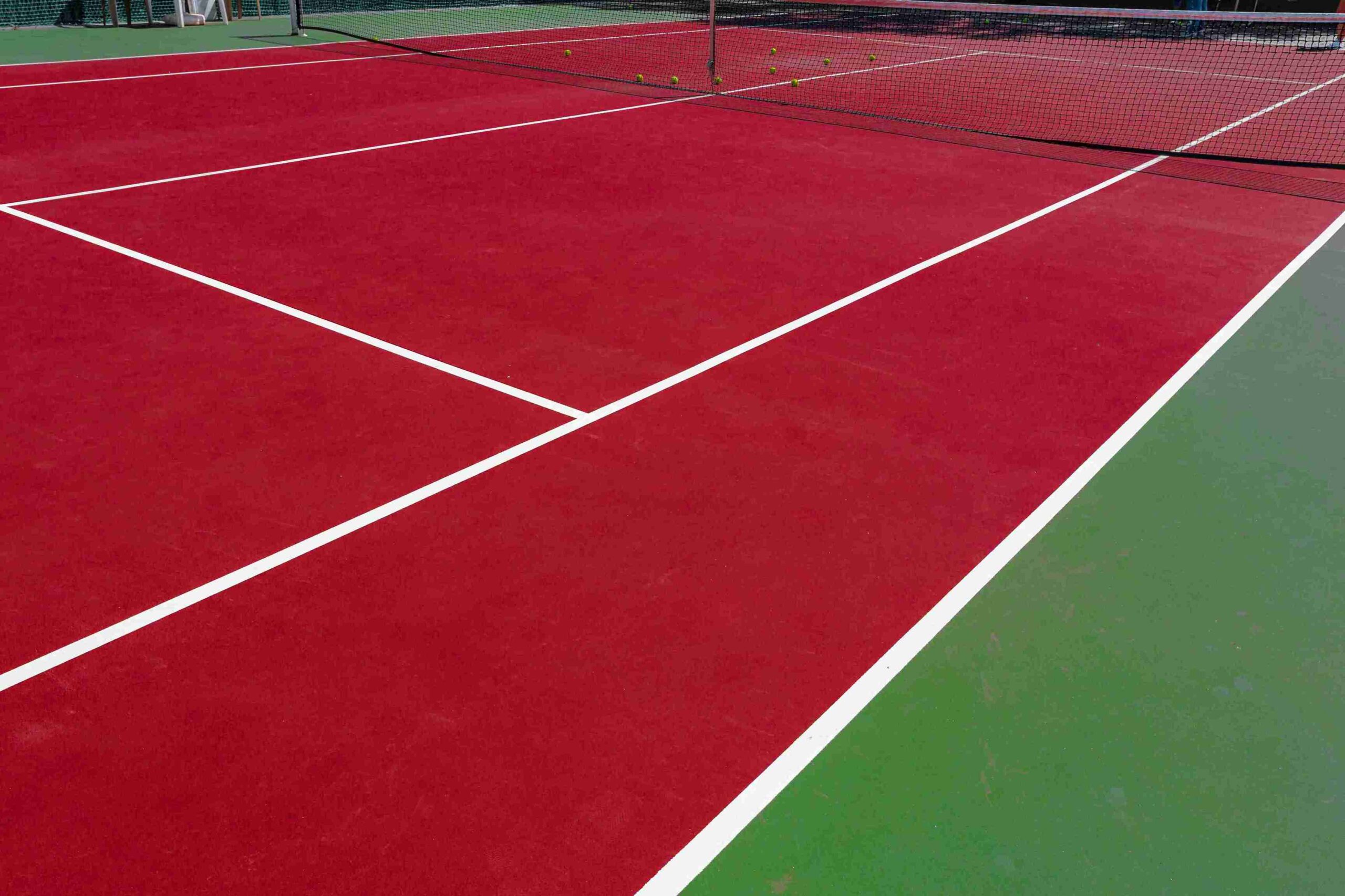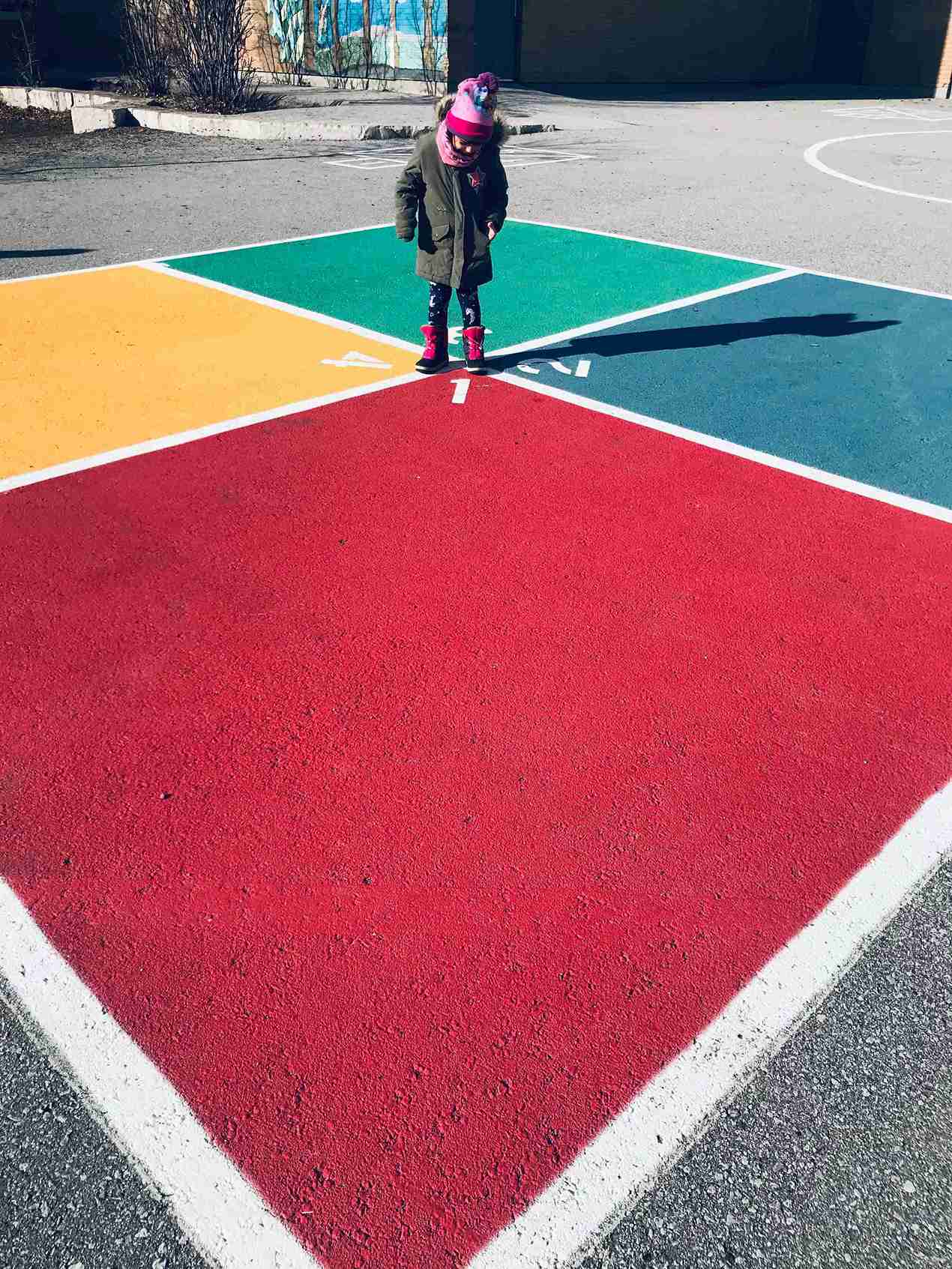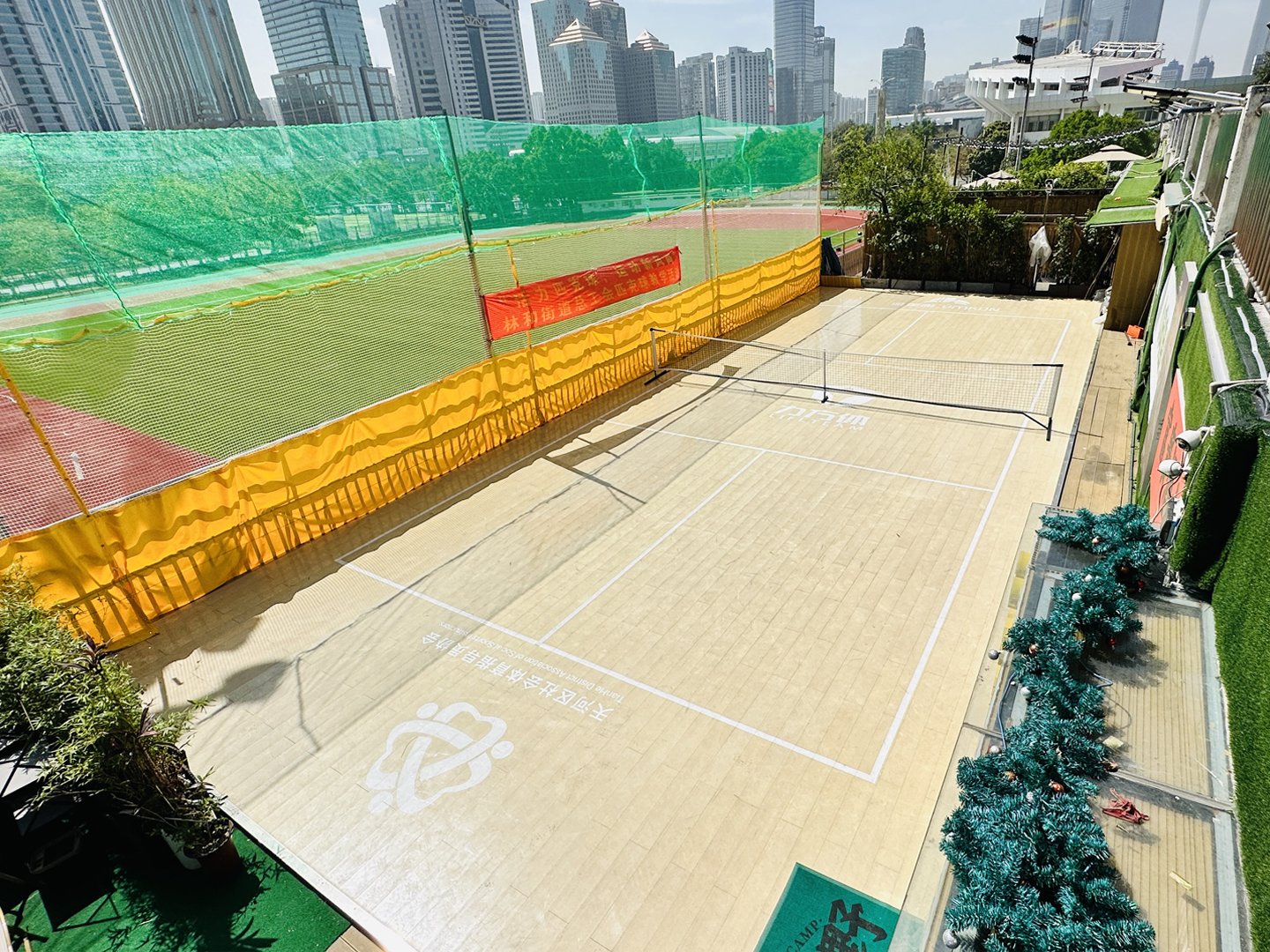Millions of people love basketball, one of the most popular sports in the world. It’s a great way to stay active, improve your physical abilities, and have fun with friends. However, like any physical activity, there is always a risk of injury.
There’s always the potential for rolled ankles, twisted knees, and other injuries. But that doesn’t mean you should avoid the sport altogether. With the right safety strategies, you can minimize your risk of injury and enjoy the game.
This blog post will cover key points you should know before playing basketball. Whether you’re a seasoned player or just starting out, these tips can help you stay safe on the court.
Come on, let’s get started talking about safety for basketball.
Basketball: What Are the Risks?
Basketball is a thrilling sport that requires players to possess agility, speed, and precision. Nevertheless, players are also susceptible to various injuries, with the knees, ankles, and feet particularly vulnerable.
To stay safe on the court and enjoy the game to the fullest, it is important for players to familiarize themselves with common basketball injuries and take proactive measures to prevent them.


Here Are Some Common Causes of Injuries in Basketball.
Ankle Injuries.
Basketball players often experience ankle sprains; the most common type is the lateral ankle sprain. It occurs when the ankle rolls inward, damaging the ligaments. In addition, fractures in the ankle bones may also happen due to high-impact landings or collisions.
Knee Injuries.
Jumper’s Knee: Jumper’s Knee is a painful repetitive strain injury that affects the patellar tendon due to jumping and landing repeatedly.
Medial Collateral Ligament (MCL) Tears: Medial Collateral Ligament (MCL) Tears occur when the ligament on the inner side of the knee gets overstretched or torn, causing severe discomfort and limiting mobility.
Anterior Cruciate Ligament (ACL) Tears: Basketball players are particularly susceptible to Anterior Cruciate Ligament (ACL) Tears, as they often result from sudden stops, changes in direction, or collisions on the court.
Achilles Tendinitis: Lastly, Achilles Tendinitis is an Achilles tendon inflammation caused by overuse or repetitive stress, which can lead to persistent pain and discomfort.
Read More:
DIY Basketball Court: A Step-By-Step Guide
The Different Types of Basketball Courts
Muscle Strains.
Muscle strains are common injuries that can affect the hamstrings and quadriceps. These types of injuries often occur as a result of sudden accelerations, decelerations, or excessive stretching of these muscles. It’s important to properly warm up and stretch before engaging in physical activity to help prevent these types of injuries from occurring.
Concussions.
Concussions are a serious concern in sports, particularly those that involve collisions or direct hits. These types of events can result in a traumatic brain injury.
This is why it’s important for players to be cautious and seek medical attention if they experience any symptoms such as dizziness, confusion, or loss of consciousness. Remember, taking care of your brain is crucial for your overall health and well-being.
Toe Finger Fractures.
Basketball players are no strangers to accidental impacts with the ball or unexpected collisions with other players.
Unfortunately, these incidents can lead to painful fractures in the toes or fingers. Seek proper medical attention and follow a treatment plan that will get you back in the game as soon as possible.
Patella Dislocation.
Patella dislocation is a common basketball injury that can cause excruciating pain, instability, and difficulty in knee movement. This injury happens when the kneecap temporarily pops out of its groove.
Often due to sudden movements while playing with the ball or collisions with other players. If you experience these symptoms, seek medical attention immediately to prevent further damage.
Stress Fractures.
Stress fractures are common injuries in basketball players, often affecting the knees, foot, or ankle. These fractures are caused by repetitive, high-impact movements that put a strain on the bones.
Insufficient rest and wearing improper footwear can also contribute to the development of stress fractures. If left untreated, these injuries can lead to more serious complications, making it important for players to take proper precautions and seek medical attention if they suspect a stress fracture.
How Important is a Surface for Basketball to Avoid Injury?
Basketball is a popular sport that requires quick movements, jumps, and turns. It is a challenging sport involving a lot of contact with the ground, and the court’s surface plays a significant role in the safety of the players.
Injuries are unfortunately common in basketball, but many can be avoided with the right surface. In this part, we will discuss why the surface is important for basketball and how it can help prevent injuries.


First and foremost, the surface of the basketball court needs to be slip-resistant to prevent players from slipping and falling. If the surface is too smooth, players can easily lose their footing, which can lead to ankle sprains, knee injuries, and even head injuries.
A slip-resistant surface gives players the necessary traction to make quick cuts and changes in direction without the risk of slipping.
The surface of the basketball court also needs to be shock-absorbent. The impact of jumping and landing can put a lot of stress on the knees and ankles, and a hard surface can exacerbate these issues.
A shock-absorbent surface helps to reduce the impact on the joints, which can help prevent injuries and improve overall comfort for players.
This is where VMKON SPORTS COURTS come in – they understand the significance of a reliable surface and offer innovative flooring solutions for both indoor and outdoor home basketball courts.
With VMKON Gamechanger Plus Sports court tiles, you can rest assured that stability, traction, and shock absorption are all taken care of, which significantly reduces the risk of slips, falls, and impact-related injuries.


These tiles are specifically designed to ensure a good grip, which minimizes the chances of players slipping during quick movements or sudden changes in direction.
By choosing Outdoor Basketball Court’s flooring solutions, athletes of all levels can improve their athletic performance, feel confident in their movements, and enjoy the game without worrying about injury.
Their focus on durability, affordability, and quality makes them the perfect choice for basketball enthusiasts looking to take their game to the next level.
Don’t settle for anything less than the best when it comes to your basketball court. Choose VMKON indoor basketball court and experience the difference in performance, safety, and overall game enjoyment.
Prevention of Injuries in Basketball: Essential Tips for a Safe Game
Basketball is a sport that requires a lot of running, jumping, and quick directional changes. As a result, players are at a higher risk of developing knee injuries.
These injuries can range from minor sprains to severe ligament tears that may require surgery. Taking precautions before, during, and after playing is essential to prevent knee injuries in basketball.
Here are some tips that how to promote personal safety in playing basketball.
Getting warmed up: A proper warm-up routine is crucial in getting your body ready for the physical demands of basketball. Incorporating dynamic movements that gradually increase heart rate and circulation is essential.
Focus on lower body exercises such as leg swings, lunges, and gentle jumps to prepare your muscles for the game.
Warming up increases flexibility and reduces the risk of muscle strains and ligament injuries. Warming up properly can improve your performance and reduce the chance of getting injured.
Footwear Selection: Basketball shoes are essential for any player, but not all shoes are equal. It’s important to prioritize ankle support, cushioning, and traction when selecting the perfect pair.
Make sure to choose shoes that fit comfortably and are in good condition to prevent injuries and ensure top performance on the court.
Hydration: Hydration is key to maintaining optimal muscle function and reducing the risk of muscle fatigue injuries, making it an essential part of your basketball game. To ensure your body is properly hydrated, drinking plenty of water before, during, and after playing is important.
Dehydration can lead to muscle cramps that compromise your ability to move safely on the court. So, make sure to keep water on hand and take regular breaks to hydrate and keep your muscles functioning at their best.
Rest and Recovery: Rest and recovery are crucial for preventing overuse injuries. Make sure to allow adequate time to rest and recover between intense training sessions or games.
It’s important to listen to your body and promptly address any signs of pain or discomfort. This will help you maintain your physical health and perform at your best. Remember, taking care of your body is essential to any successful training program.
Use the Right Technique: Protecting your knees is crucial when engaging in physical activities that involve jumping, landing, pivoting, or changing direction. Learning and practicing the correct techniques for these movements is essential to minimize stress on your knee joints.
Maintaining proper body alignment and posture is also key to preventing knee injuries. To ensure you’re using the proper form and technique, seek guidance from a coach or trainer. You can keep your knees healthy and strong with the right technique and guidance.
To ensure safe play, check the environment: To ensure a safe play environment, it’s important to thoroughly check the basketball court or playing surface for any potential hazards that could increase the risk of knee injuries.
Start by removing debris, stones, or water that may cause slips or falls. Look at the court for irregularities or unsafe conditions, such as loose boards or uneven surfaces.
If any issues are detected, reporting them to the appropriate authorities for maintenance and repair is crucial. Taking these preventative measures can help ensure a safe and enjoyable playing experience for all.
Choose an activity that suits your fitness level: It’s important to pick activities you’re comfortable doing. If you are starting, it is best, to begin with lower-intensity activities and gradually work your way up. This will help you avoid injury and ensure that you enjoy your basketball experience.
Rings are not for hanging or swinging: An extremely dangerous activity is swinging or hanging on a basketball ring. It can cause the ring to break or come loose, leading to serious injury. Never attempt to hang or swing from a basketball ring.
Play fairly and follow the rules: Basketball has rules for a reason. Following the rules is not only essential for fair play, but it also helps prevent injuries. Make sure that you familiarize yourself with the rules of the game and follow them at all times.
Use the equipment safely and properly: Using the equipment properly and safely is crucial for avoiding injury. Ensure you know how to handle the ball, wear protective gear such as knee pads or ankle braces, and use the basketball court safely.
Keep a First-Aid kit: Accidents can occur even if you take all the necessary precautions. That is why it’s crucial to have a fully stocked first-aid kit readily available for immediate response to injuries.
Your first-aid kit should include essential items such as bandages, ice packs, and adhesive tape. It is also important to have access to a qualified first-aid provider who can provide appropriate care and guidance for more severe injuries.
Avoid extreme heat and wet conditions: Playing basketball in extreme heat or wet conditions can be dangerous. If conditions are not suitable for playing, it is best to reschedule the game.
It’s important for coaches, players, and parents to be aware of heat illness symptoms. Heat illness can be serious and even life-threatening.
It is important for coaches, players, and parents to be aware of the symptoms of heat illness and take appropriate action if someone shows signs of heat exhaustion or heat stroke.
Consult a Professional: If you have previous experience with knee injuries or any concerns about your knee health, seeking advice and guidance from a sports medicine professional or a physical therapist is highly recommended.
These professionals can provide personalized recommendations tailored to your specific needs, helping you to prevent further injuries and improve your overall knee health.
Overall, playing basketball can be a fun and rewarding experience. By following these general safety tips, you can ensure you have a safe and enjoyable time playing the game. Remember that safety should always be a top priority when engaging in physical activity.
Conclusion
preventing injuries in basketball is essential to ensure a safe and enjoyable experience for everyone on the court. It is crucial to regularly warm up, wear proper gear, and follow the rules of the game to reduce the risk of injury.
Additionally, players should listen to their bodies and seek medical attention if they experience any pain or discomfort. By implementing these safety tips, basketball players can stay healthy and continue to play the game they love.
FAQs
How Would You Promote Personal Safety in Playing Basketball?
Wearing proper protective gear, such as knee pads and ankle braces, is important to promote personal safety when playing basketball.
Additionally, players should warm up before playing and perform stretches to prevent injuries. Encouraging good sportsmanship and following the rules of the game can also help prevent accidents.
What is the Importance of Safety Gear in Basketball?
The importance of safety gear in basketball is to prevent serious injuries and minimize the risk of accidents during the game. It includes items such as knee pads, ankle braces, and supportive footwear that can protect the players from getting hurt while playing on the court.
What Are the Things You Need to Consider in Playing Basketball?
Firstly, you need to have good physical fitness and stamina, as basketball involves a lot of running, jumping, and quick movements.
Secondly, you need to have good hand-eye coordination and dribbling skills to be able to control the ball around the court. You should also be able to shoot accurately from close range and afar.
Additionally, you should be familiar with the rules of the game and be able to work well with your teammates to execute strategies and plays. Finally, having a positive attitude and willingness to learn and improve your skills is important.
What are the most common basketball injuries?
The most common basketball injuries are ankle sprains, knee injuries, muscle strains, and concussions. Ankle sprains are caused by rolling the ankle, while knee injuries can be caused by jumping, landing, or pivoting. Muscle strains are caused by overuse, and concussions can be caused by a blow to the head.
How can I prevent basketball injuries?
There are a number of things you can do to prevent basketball injuries, including:
- Wearing proper footwear.
- Warming up before playing.
- Hydrating throughout the game.
- Taking breaks when you need them.
- Avoiding contact with other players.
- Playing on a safe surface.
- Listening to your body and stopping if you feel pain.
What should I do if I get injured while playing basketball?
If you get injured while playing basketball, it is important to:
- Stop playing immediately.
- Assess the injury.
- Ice the injury.
- Elevate the injury.
- Rest the injury.
- See a doctor if the injury is severe.









